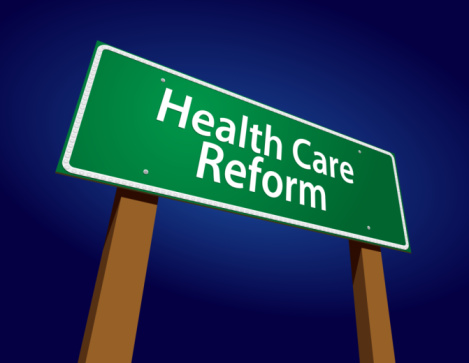
In the first full year under the federal Affordable Care Act, California led the nation – embracing the new law eagerly, implementing it quickly, and providing relatively robust choice with low premiums through a web site that, most of the time, actually worked.
There was nothing in Thursday’s announcement about the early stages of Year 2 that suggests the state’s position as a poster child for the law is about to change any time soon.
Covered California, the new state agency created to run the program here, announced that ten insurance companies have signed on to offer plans next year, and rates in 2015 will increase an average of 4.2 percent, a modest price hike by health insurance industry standards. And because 90 percent of consumers who have bought insurance through the program receive federal tax credits to reduce their cost, the actual increase will likely be smaller for most of them. Some people might even pay less in 2015 than they do today.
The announcement pushes back against skeptics who speculated that problems in the program would mean big price hikes in Year 2, potentially high enough to lead to a “death spiral” – where premium increases drive out the healthier consumers, leaving only the sickest behind, which then leads to ever higher premiums until the insurance pool eventually collapses. That does not appear likely to occur any time soon.
Why have premium increases been so modest? In part because the 1.4 million Californians who bought coverage through the program came from a pretty good mix of ages, ethnic groups, and health status, so that those who use relatively little health care end up paying premiums that, at least for now, go to cover the costs of those who use more. That’s exactly how a strong insurance pool is supposed to work.
Also, the new law includes provisions that provide a financial back-stop for insurance companies that find themselves with extraordinarily expensive cases, since they can no longer reject those cases at the application stage. That, for a time, helps protect against the possible adverse effects of a too-sick mix of customers.
Competition also helps. The insurance plans that apply to participate in the program need to keep their costs down because, for the first time, it is fairly easy for consumers to take their business elsewhere. With the law prohibiting the denial of coverage because of pre-existing conditions, consumers are free to shop around, and with standard benefit packages, it’s simple to compare one plan to another without having to worry about the fine print. Again, that’s exactly how the program was supposed to work.
The biggest complaint so far about coverage under the program has been the “narrow networks” offered by many of the plans. In order to cut costs, the health plans have contracted with fewer doctors and hospitals than they did under the old system, forcing health providers to also compete and agree to work for less in order to be part of a network and have patients sent their way.
But the flip side has been less choice of providers for consumers, sometimes to the point that people have complained there are no doctors in their communities or towns that will take their insurance.
Covered California says they and their health plan partners are working to fix that problem by expanding the networks of doctors and hospitals, but it’s too soon to tell if the change will be meaningful to consumers.
It will be years before we know the full effects of the ACA and whether it is sustainable. But the rates and insurance industry participation in Year 2 have always been seen as a key turning point.
So far, at least, California appears to have passed this crucial test.





